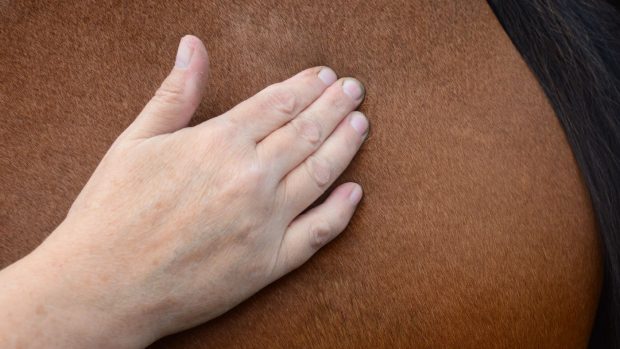Equine Bowen Therapy (EBT), a less well-known alternative therapy, is a light, soft tissue manipulative technique. Practitioners say it promotes healing and pain relief by:
- addressing the whole nervous system
- releasing muscle spasm
- relieving congested kidneys
- stimulating the lymphatic system.
The technique was pioneered by Thomas Ambrose Bowen, born in 1916 in Australia, who initially worked on Greyhounds and racehorses.
Beth Darrall, an EBT therapist who runs training courses in the Bowen technique, says: “As with many holistic therapies, the body is treated as a whole, without referral to a named disease. Bowen therapists will treat the completebody, human or horse, and not a specific disease.”
A vet’s view
Nigel Dodman, a veterinary surgeon from Radnorshire in Mid Wales, is qualified to teach the technique on humans and animals.
“No one knows exactly how it works,”he says. “But it can have a profound and penetrating effect on the animal.”
Nigel says it is particularly useful for soft tissue problems in the back or shoulder muscles or where there is evidence of imbalance, but no obvious lameness or internal complications.
“You don’t need a precise diagnosis because there are a number of moves which can treat a number of conditions. There are no known side-effects and the horses relax into it.”
And he says it can have “dramatic results in oddsituations”. In one case Nigel used it as an adjunct to antibiotics to clear up a strangles case by promoting lymphatic drainage.
How it works
Conditions which may respond to EBT
As the Bowen technique is classed by the Royal Veterinary College as a manipulative technique, a lay person can practise it, although there must be agreement by the owner’s vet.
For further information on the courses run by Beth Darrall, who will only train students who are already qualified to practise on humans, contact (tel: 01242 251465) or visit www.thebowentechnique.com


